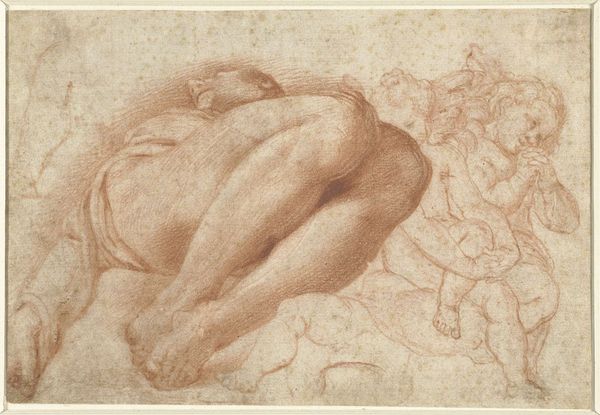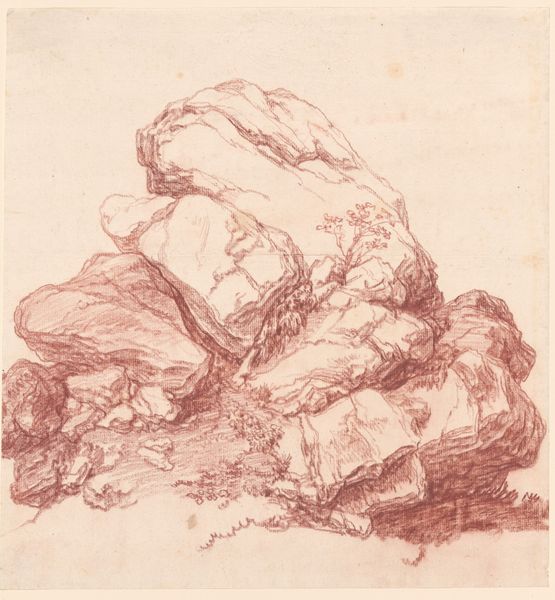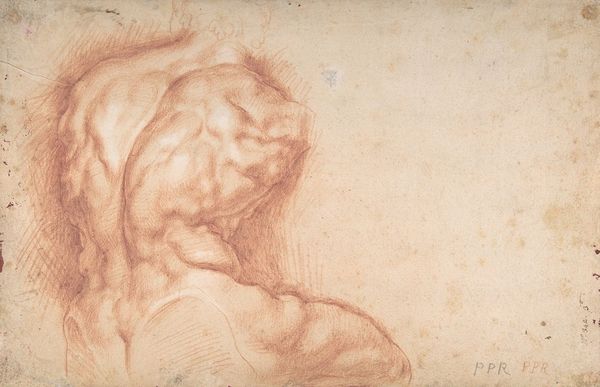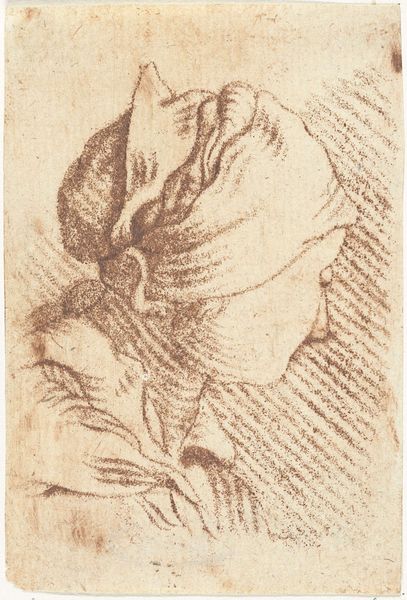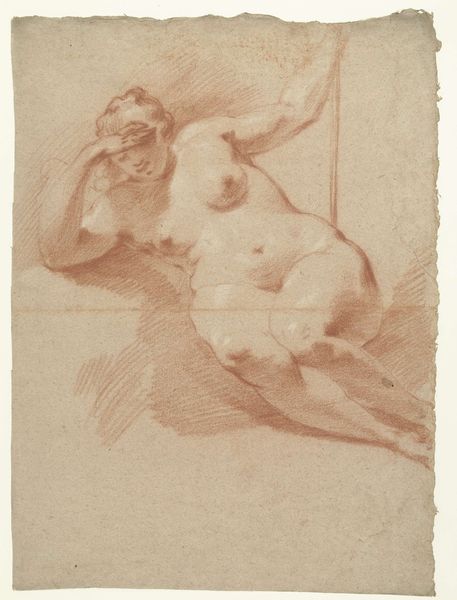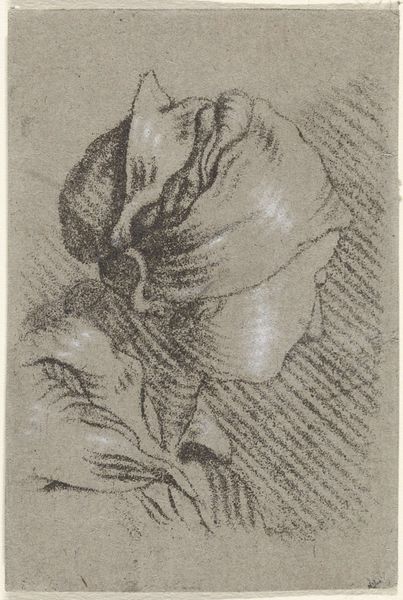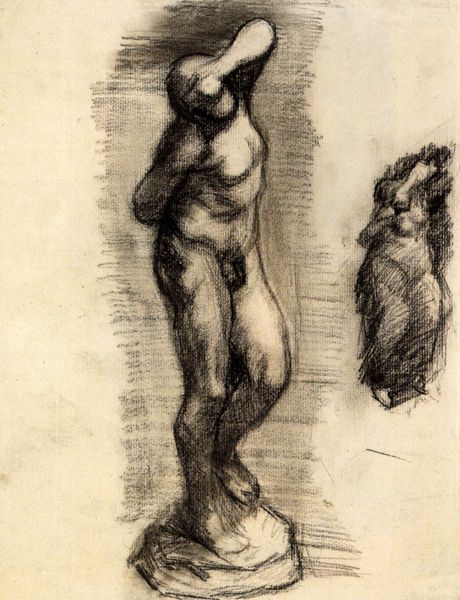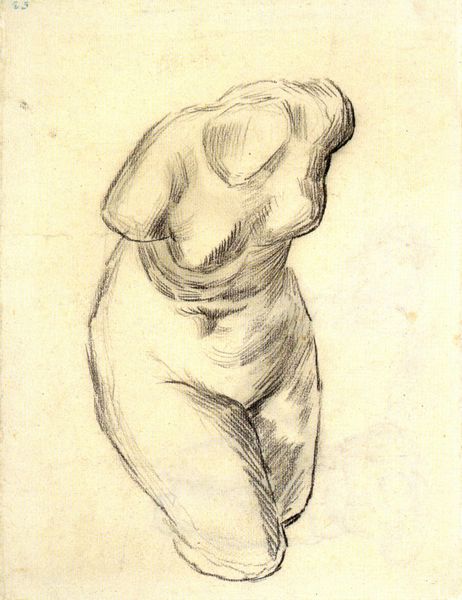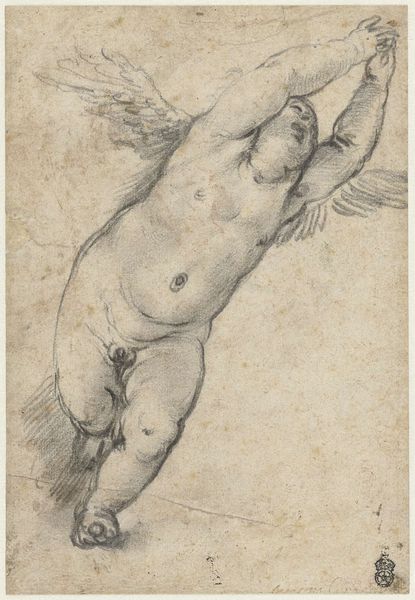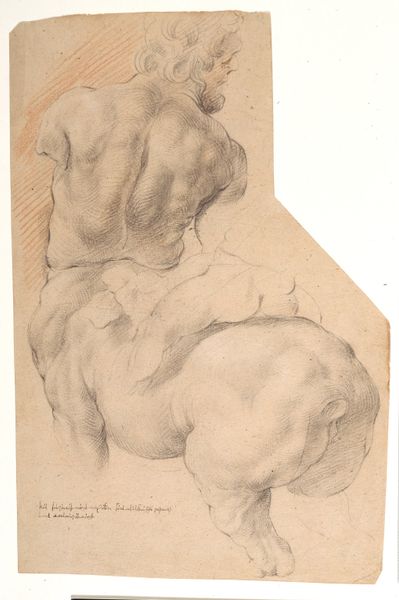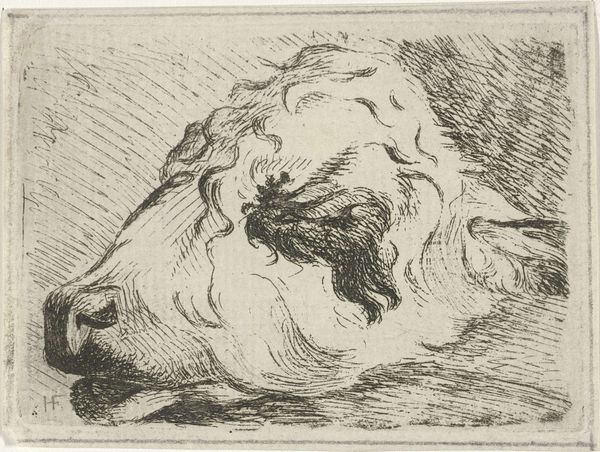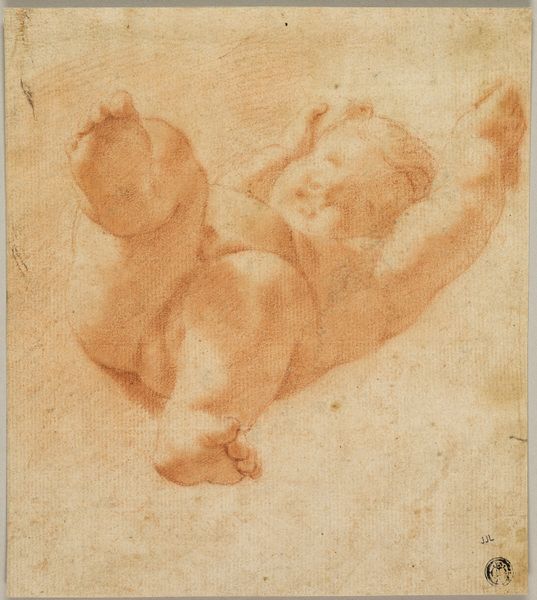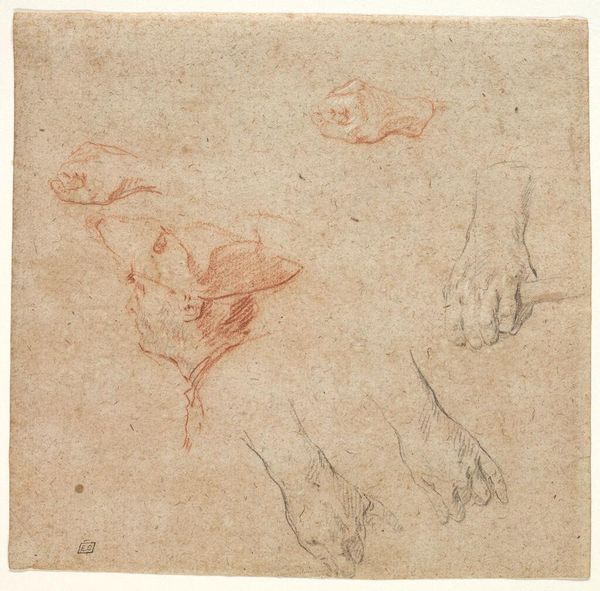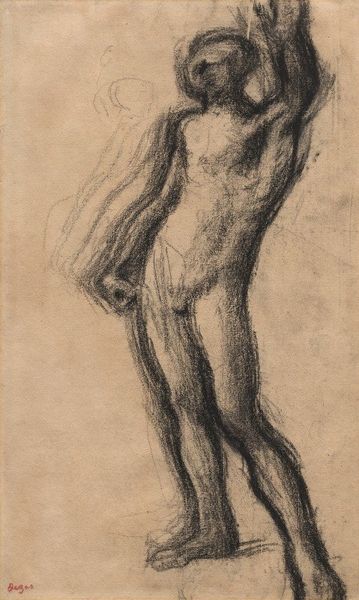
painting, oil-paint
#
painting
#
impressionism
#
oil-paint
#
oil painting
Dimensions: 39.37 x 51.56 cm
Copyright: Public domain
Curator: I’m immediately drawn to the texture, the materiality of this image. The strokes feel quite visible. Editor: Indeed. What we’re looking at is “Still Life with Strawberries,” an oil painting attributed to Pierre-Auguste Renoir. It currently resides in a private collection. The handling of light and color, while subtle, gives it a certain charm, doesn’t it? How would you assess its placement within Renoir’s body of work? Curator: Well, considering Renoir's commitment to depicting scenes of everyday life, it fits perfectly. It demonstrates the accessibility of his work. The focus on common fruits invites an engagement with the means through which these are distributed—perhaps through local marketplaces that had to shift from traditional sites toward something new entirely with increased urbanization. Editor: An interesting read of the composition and setting. What resonates for me, within its institutional and social milieu, is how this piece reflects shifts in art patronage. Consider its current private collection setting. We may no longer see royal commissioners dictating styles or subject matter, and rather wealthy merchants, and industrialists. In contrast, a work like this seems tailored for private display and consumption. How would you see that connection in the visible traces of production here? Curator: I can agree on that! Looking at the brushwork again, especially around the edges of the strawberries, you can almost feel the artist’s hand. It also makes one aware of how artistic production has an underlayer that cannot be neglected! The material composition matters when one seeks to unravel what is being portrayed! It encourages you to appreciate the sheer act of creation. The means of creating this are not distant but close at hand when viewing this material manifestation. Editor: That connection you see—how materials are at the forefront rather than hiding, contributes in fact to its status as a commodity, doesn’t it? An upper middle class display item. Its appeal might derive exactly from revealing rather than obscuring its origins as a constructed product, even though it portrays an organic item. It is, thus, so different from previous eras' religious subject matter, since this can only signal consumerism. Curator: Precisely. A lot of focus on these details will bring us back to reality. And I think understanding that interplay between materials, making, and the potential commodification informs a fuller view. Editor: A good balance between texture and context is key, isn’t it? This conversation made me think more critically.
Comments
No comments
Be the first to comment and join the conversation on the ultimate creative platform.
